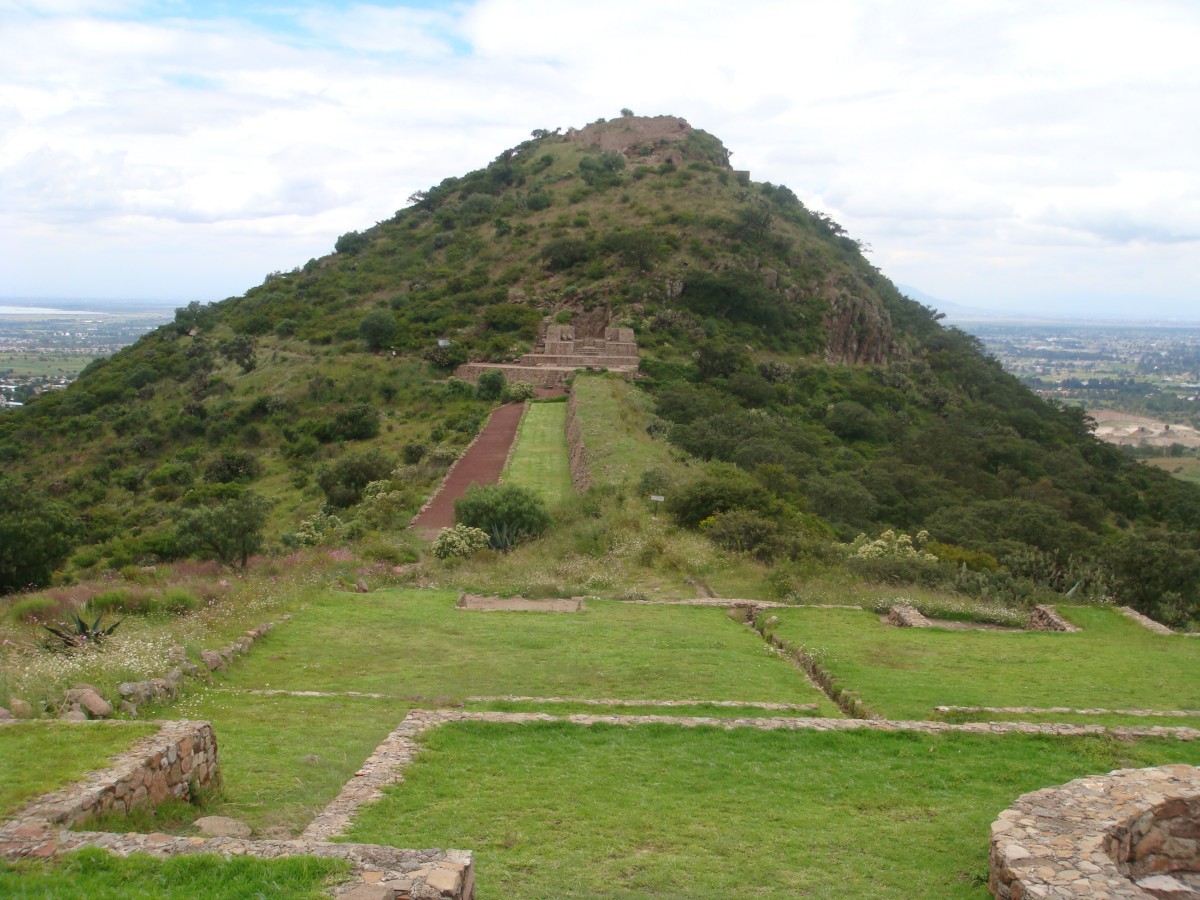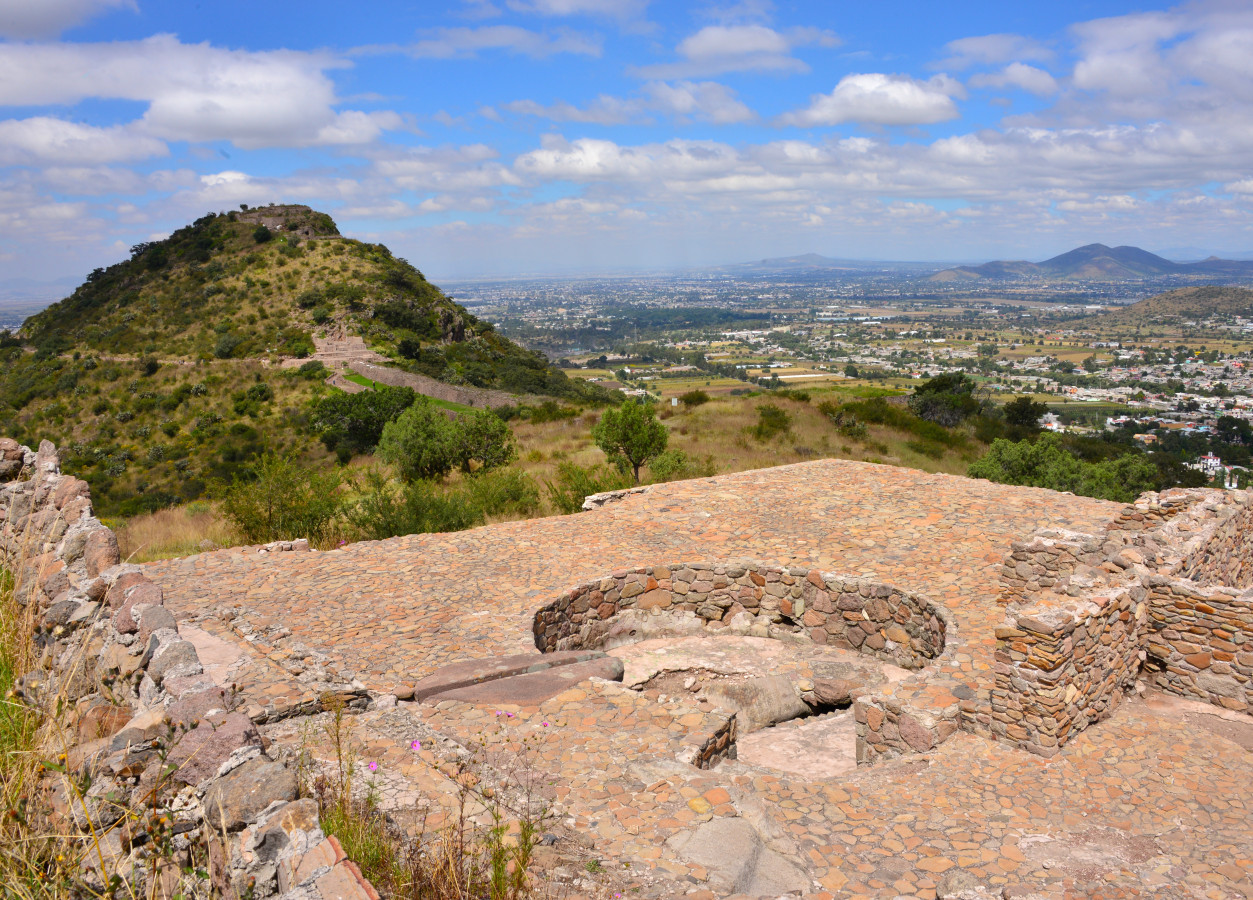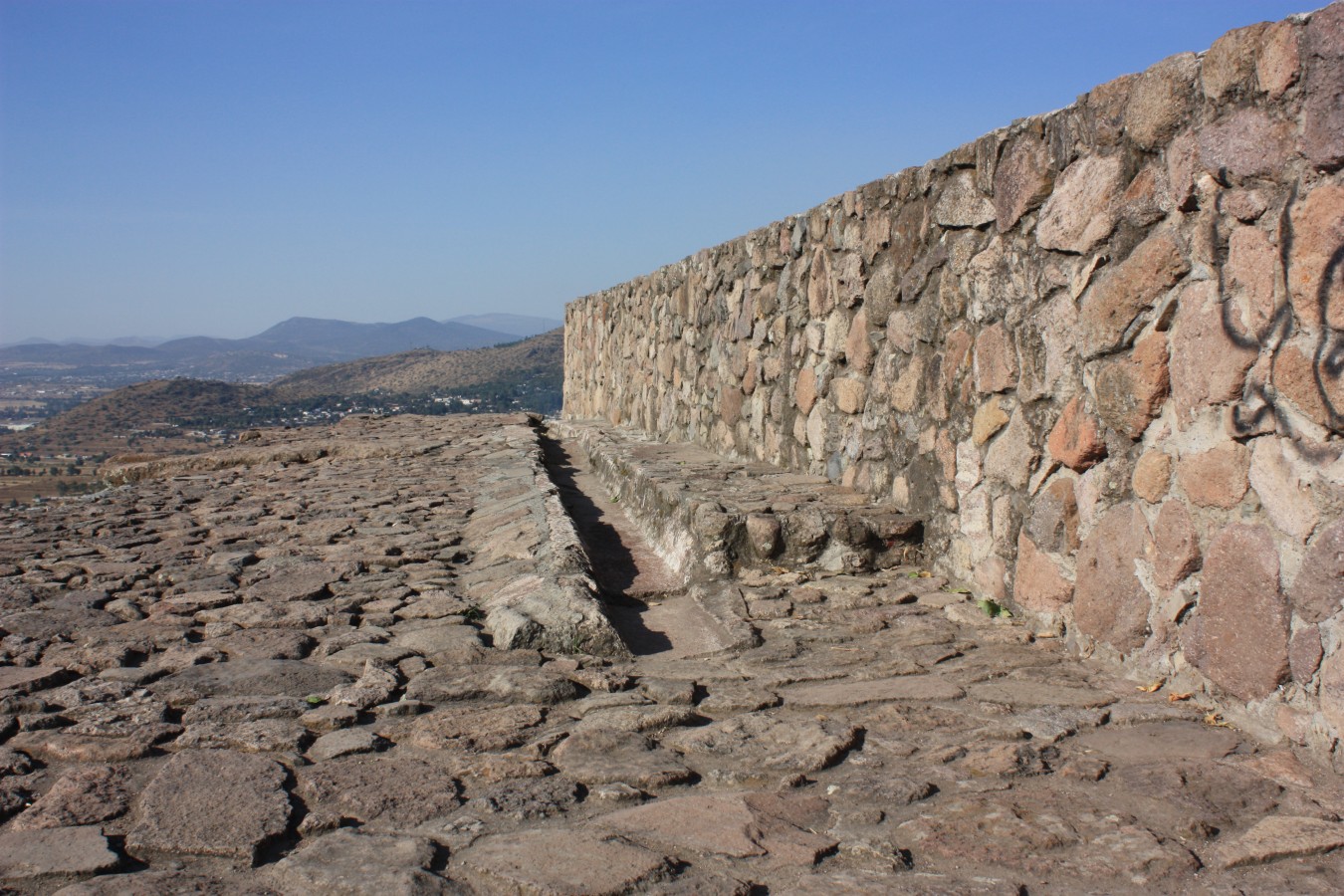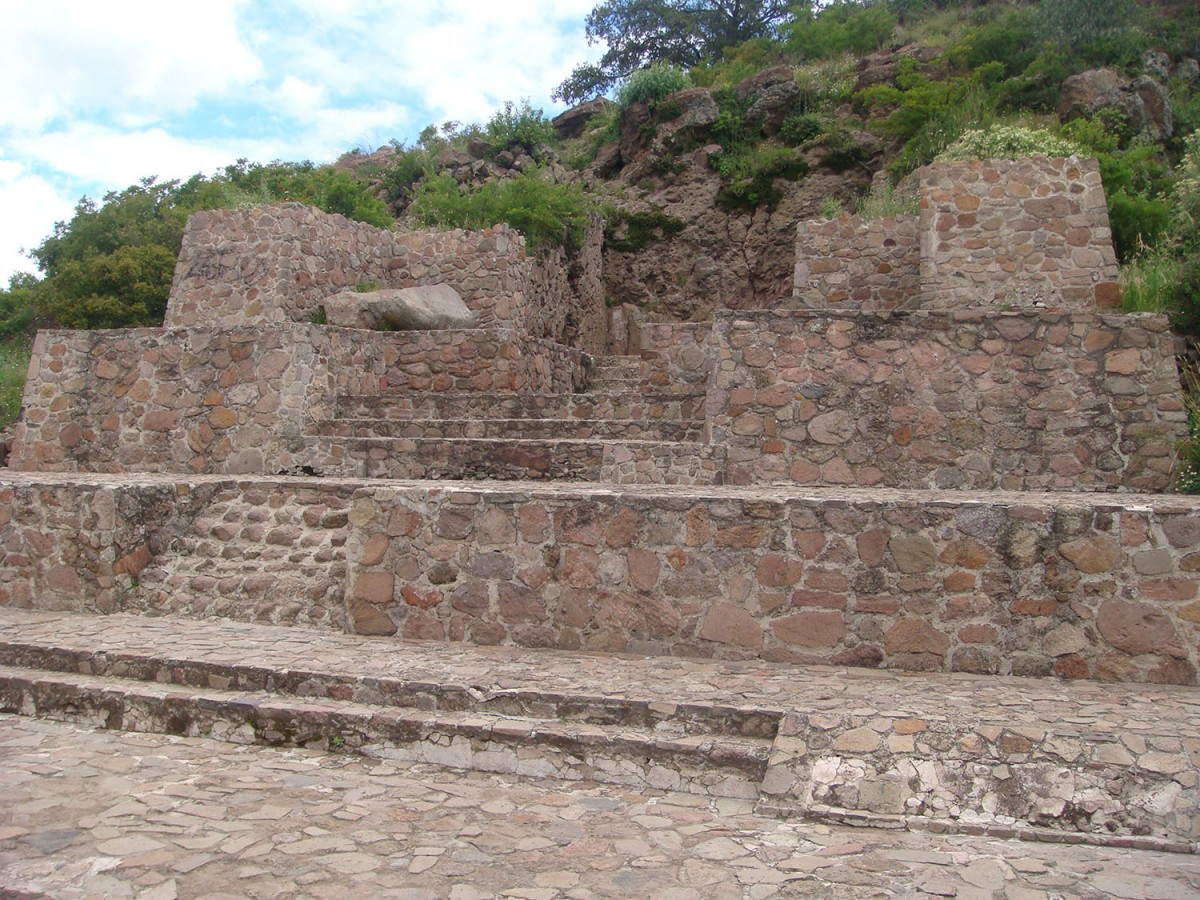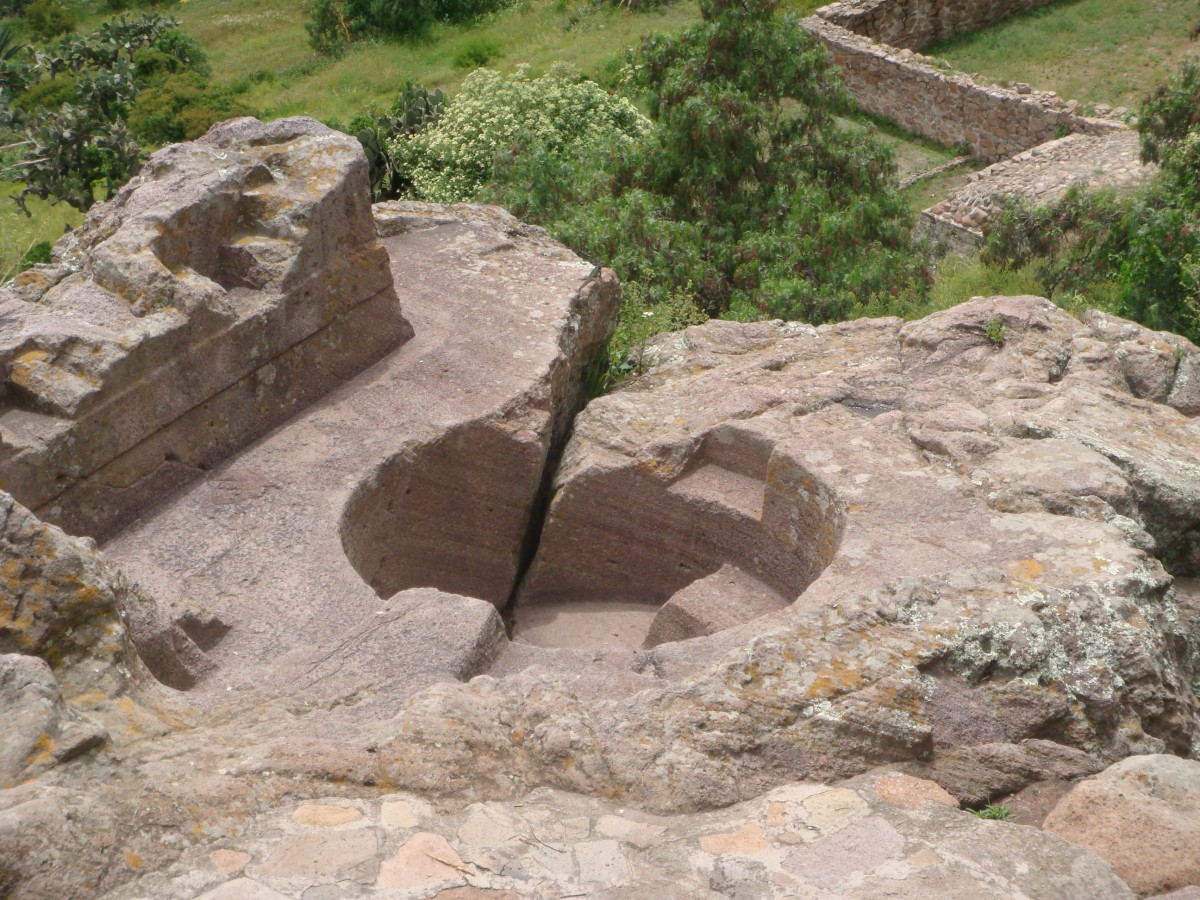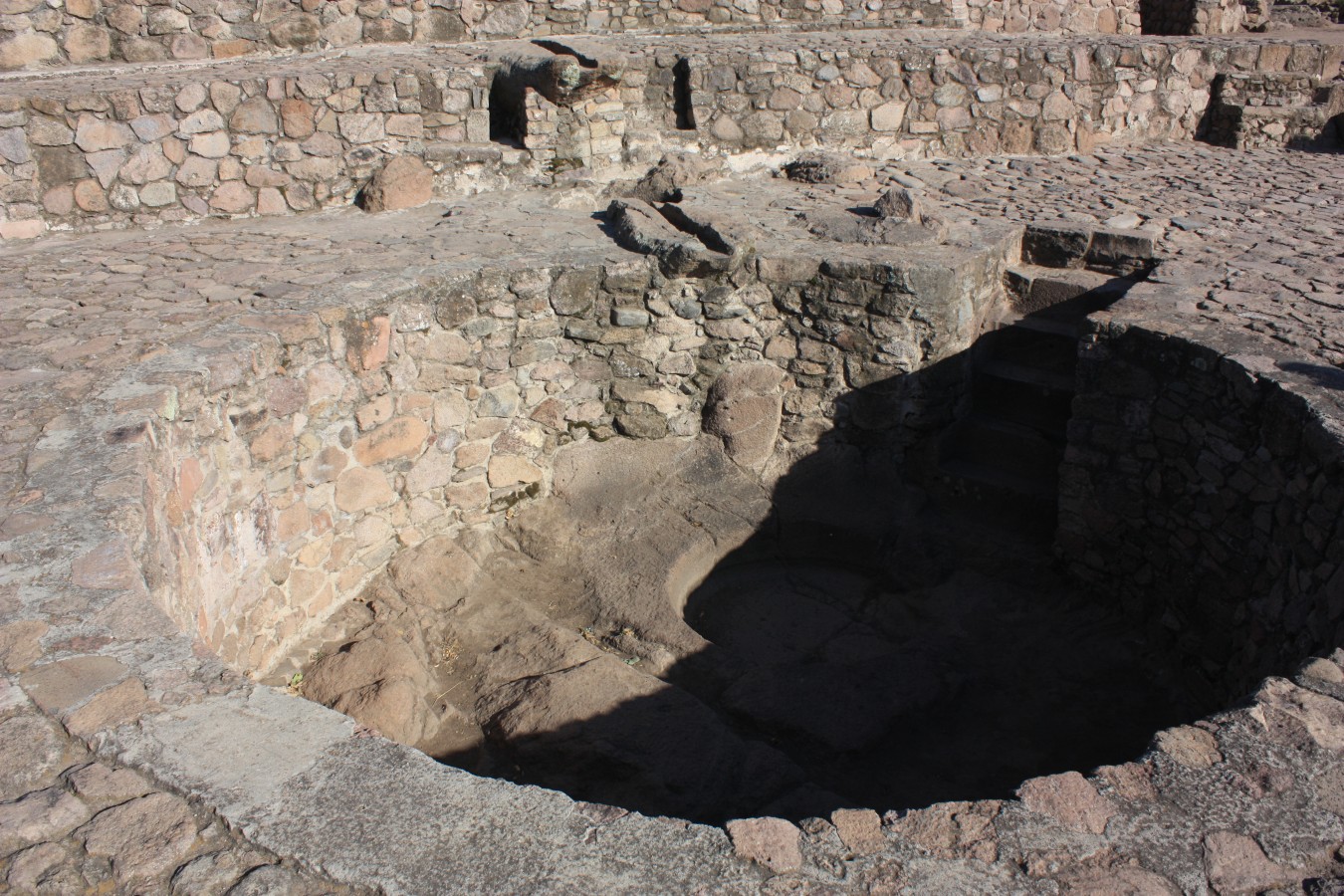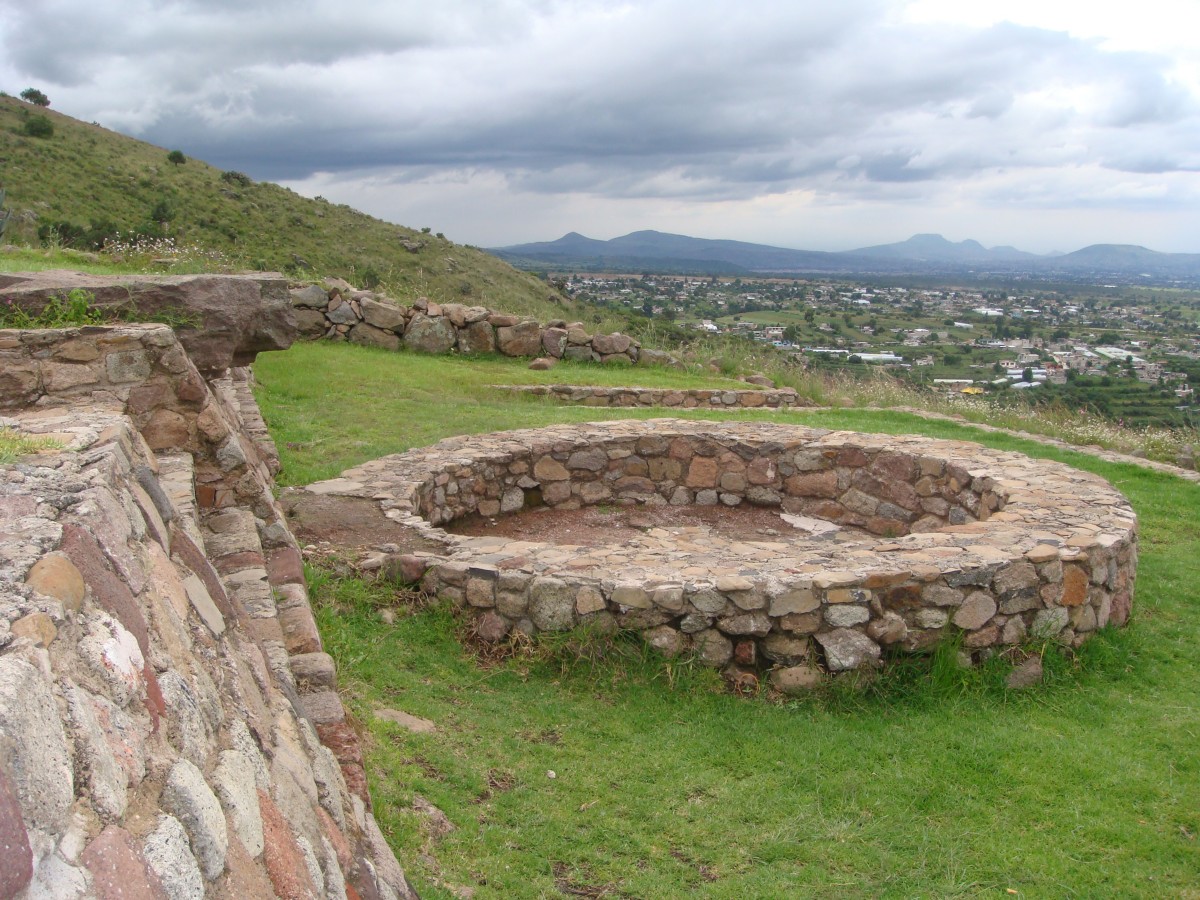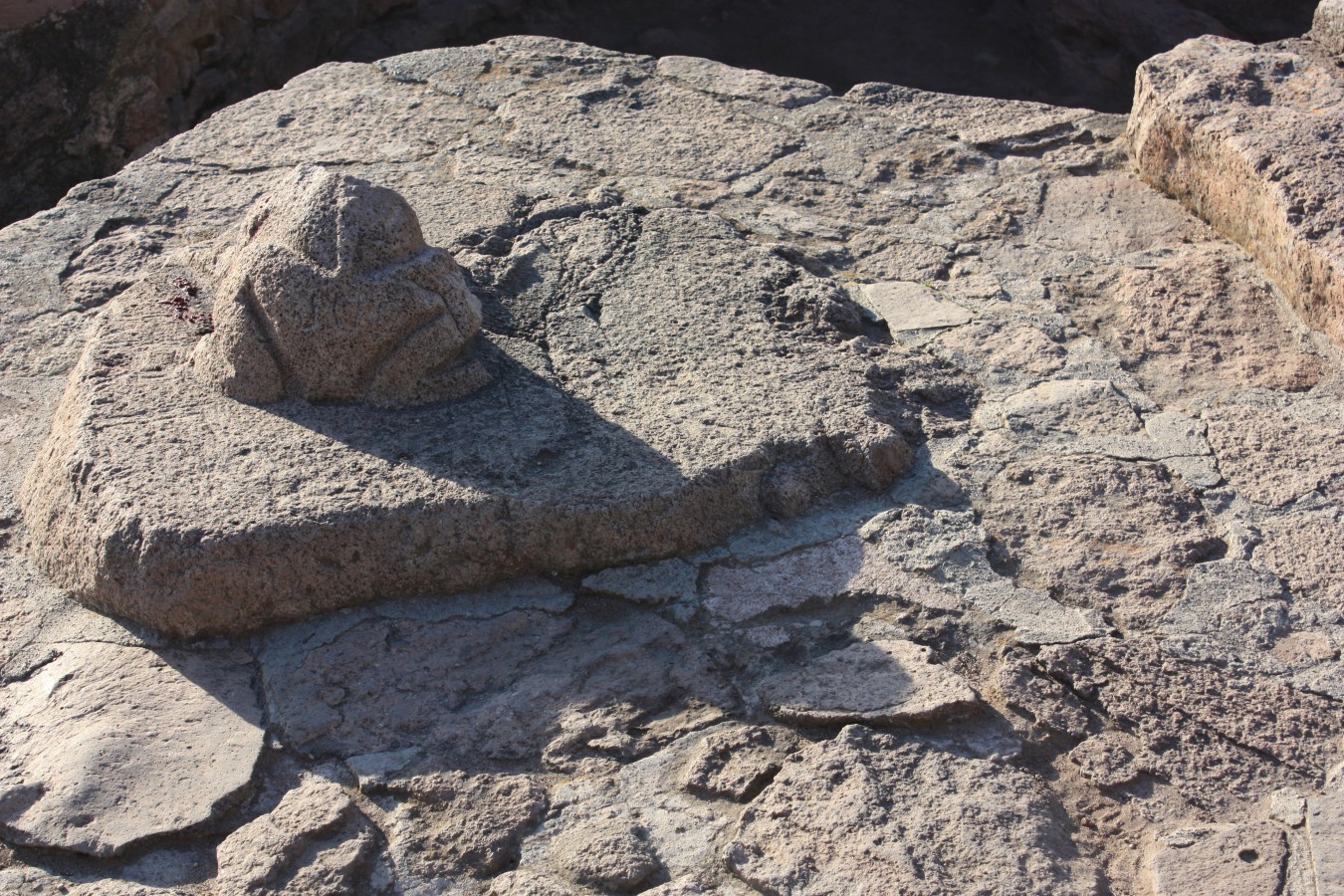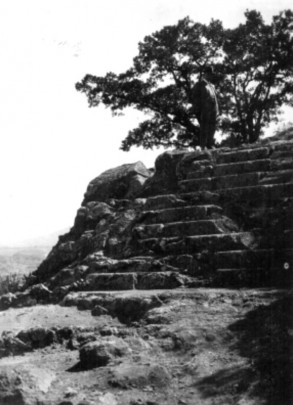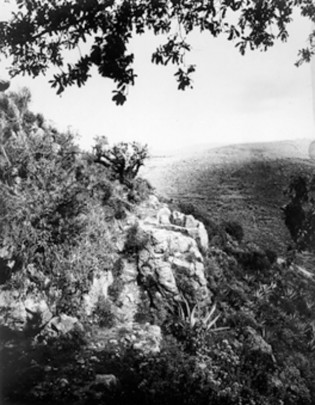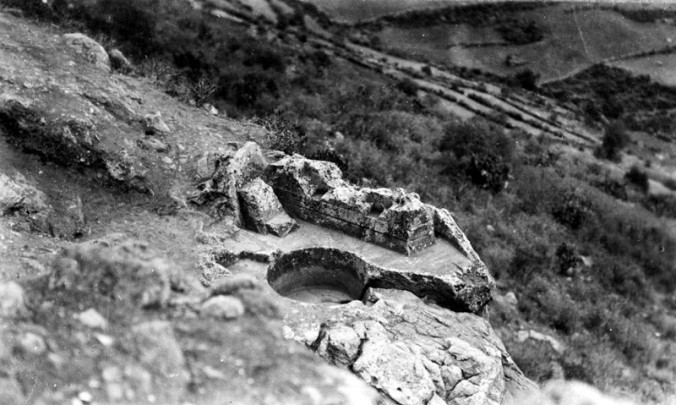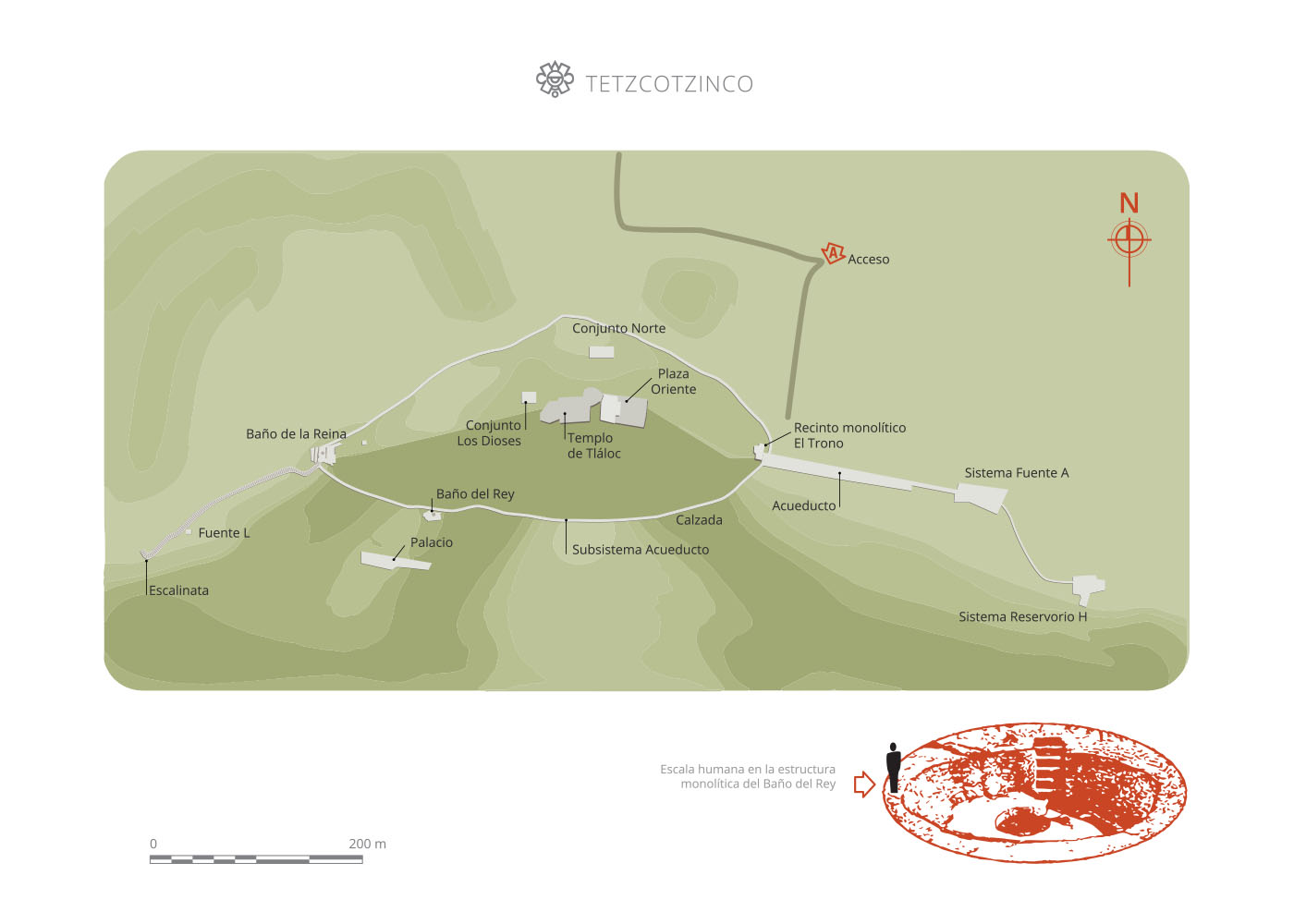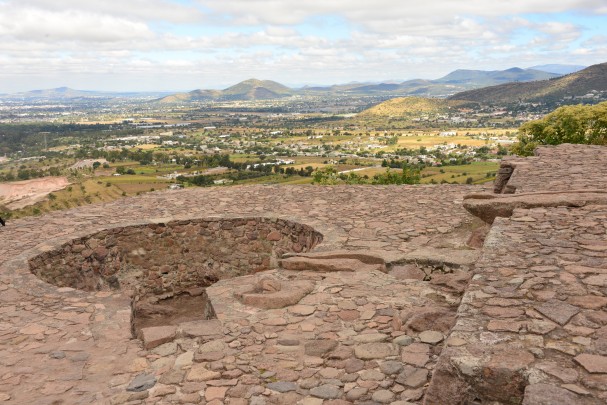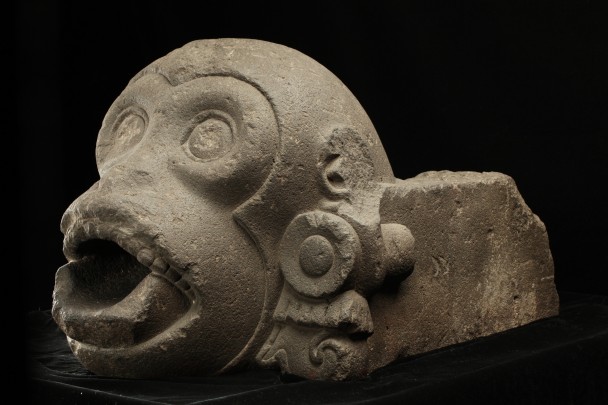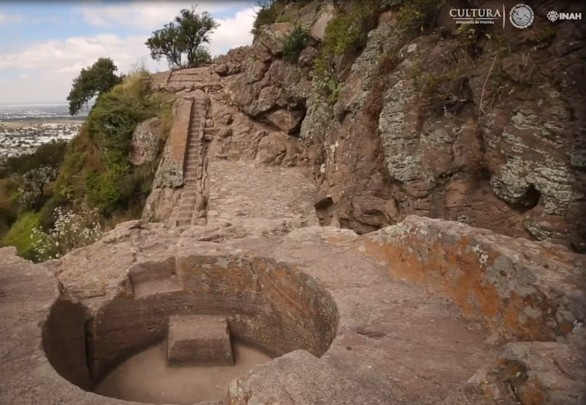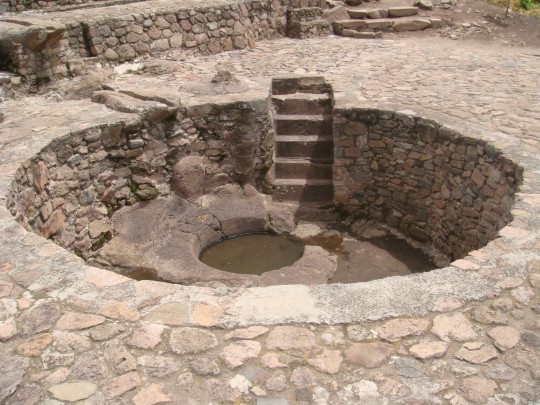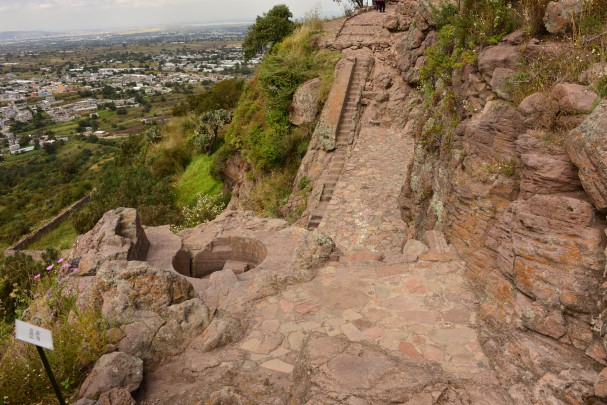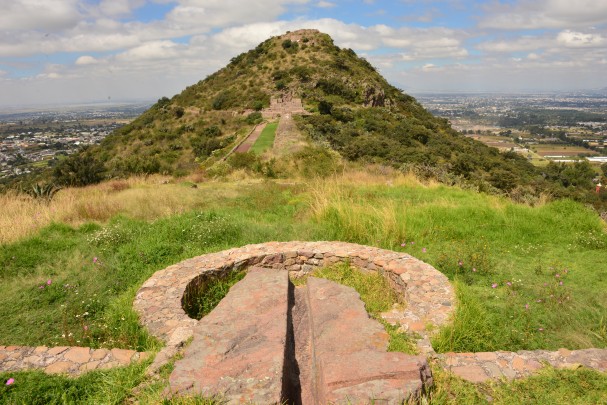Tetzcotzinco
The small Texcoco
A place of great beauty, popularly known as “Nezahualcoyotl’s Baths” (1421-1521 AD). Designed by the famous poet king of Texcoco, it is said he came here to fast and meditate. Remarkable for its water works (aqueducts, pools and canals).
About the site
This site lies northeast of the city of Texcoco. It forms part of the territory that in the pre-Hispanic period was called Acolhuacan, which extended towards the present-day states of Tlaxcala, Puebla and Morelos.
The region’s complex history is recorded in various documents from the sixteenth and seventeenth centuries. For example, the accounts of Fernando de Alva Ixtlilxóchitl tell us that the people of Xólotl, the Chichimec chieftain who arrived in the basin of Mexico, sent his son Nopaltzin to explore the eastern territory of that zone, where he passed through Tetzcotzinco on his journey. The historian also describes events which involved rulers descended from Xólotl, such as Quinatzin, Lord of the Region, who died in Tetzcotzinco itself. Moreover, in the times of Techotlalatzin, the city “used to run from Tezcutzinco to Ostotícpac”. On another occasion, Nezahualcóyotl hid in the forest of Tetzcotzinco when pursued by the Tepanecs. Years later, he forged an alliance with the region’s cities after overthrowing the Tepanecs ruled by Maxtla. According to these and other historical sources, this height of this settlement’s splendor came under the rule of Nezahualcóyotl, Lord of Texcoco, to whom the construction of its hydraulic and architectural works is attributed.
Indeed, Tetzcotzinco forms part of a complex hydraulic system supplied with water from mountain springs. The Acolhua conveyed water through canals and aqueducts, which they raised by filling in the land between hills to keep the water level. These embankments supporting the canals were constructed with stone cemented with mud, whilst a mixture of sand, lime and tezontle gravel was used for the canals themselves. The canals were then plastered with stucco to make them impermeable. Another characteristic of this site is that the rooms, pilasters and canals, as well as its sculptural elements, were carved from rock. These are distributed between Tetzcotzinco and the western side of Metécatl Hill.
In the colonial period, the site was destroyed as part of the process of religious imposition. However, various architectural complexes remain. These are known chiefly by the following names given to them by the local people: the Throne, Road, King's Bath, Palace, Queen's Bath, Concubines' Bath, Plaza or Courtyard of the Dances, Temple of Tlaloc, the Place of Worship or The Gods, Spring L, Aqueduct, Spring A and Reservoir H. There are also petroglyphs, as well as anthropomorphic and zoomorphic sculptures.
The region’s complex history is recorded in various documents from the sixteenth and seventeenth centuries. For example, the accounts of Fernando de Alva Ixtlilxóchitl tell us that the people of Xólotl, the Chichimec chieftain who arrived in the basin of Mexico, sent his son Nopaltzin to explore the eastern territory of that zone, where he passed through Tetzcotzinco on his journey. The historian also describes events which involved rulers descended from Xólotl, such as Quinatzin, Lord of the Region, who died in Tetzcotzinco itself. Moreover, in the times of Techotlalatzin, the city “used to run from Tezcutzinco to Ostotícpac”. On another occasion, Nezahualcóyotl hid in the forest of Tetzcotzinco when pursued by the Tepanecs. Years later, he forged an alliance with the region’s cities after overthrowing the Tepanecs ruled by Maxtla. According to these and other historical sources, this height of this settlement’s splendor came under the rule of Nezahualcóyotl, Lord of Texcoco, to whom the construction of its hydraulic and architectural works is attributed.
Indeed, Tetzcotzinco forms part of a complex hydraulic system supplied with water from mountain springs. The Acolhua conveyed water through canals and aqueducts, which they raised by filling in the land between hills to keep the water level. These embankments supporting the canals were constructed with stone cemented with mud, whilst a mixture of sand, lime and tezontle gravel was used for the canals themselves. The canals were then plastered with stucco to make them impermeable. Another characteristic of this site is that the rooms, pilasters and canals, as well as its sculptural elements, were carved from rock. These are distributed between Tetzcotzinco and the western side of Metécatl Hill.
In the colonial period, the site was destroyed as part of the process of religious imposition. However, various architectural complexes remain. These are known chiefly by the following names given to them by the local people: the Throne, Road, King's Bath, Palace, Queen's Bath, Concubines' Bath, Plaza or Courtyard of the Dances, Temple of Tlaloc, the Place of Worship or The Gods, Spring L, Aqueduct, Spring A and Reservoir H. There are also petroglyphs, as well as anthropomorphic and zoomorphic sculptures.
Map
Did you know...
- Tetzcotzinco is a Nahuatl word. The suffix “tzin” refers to the site as a valued or beautiful place.
Practical information
Temporarily closed
Monday to Sunday to 10:00 to 16:00 hrs.
Free entry
Existe un estacionamiento cercano a la Zona Arqueológica pero no está bajo la jurisdicción del INAH
Se localiza entre los poblados de San Nicolás Tlaminca y San Dieguito Xochimanca, Estado de México.
Services
-
+52 (722) 167 1325
-
This email address is being protected from spambots. You need JavaScript enabled to view it.
Directory
Investigadora del Centro INAH Estado de México
Martha Patricia Hernández Mendoza
This email address is being protected from spambots. You need JavaScript enabled to view it.
+52 (722) 215 7080 y 215 8569

